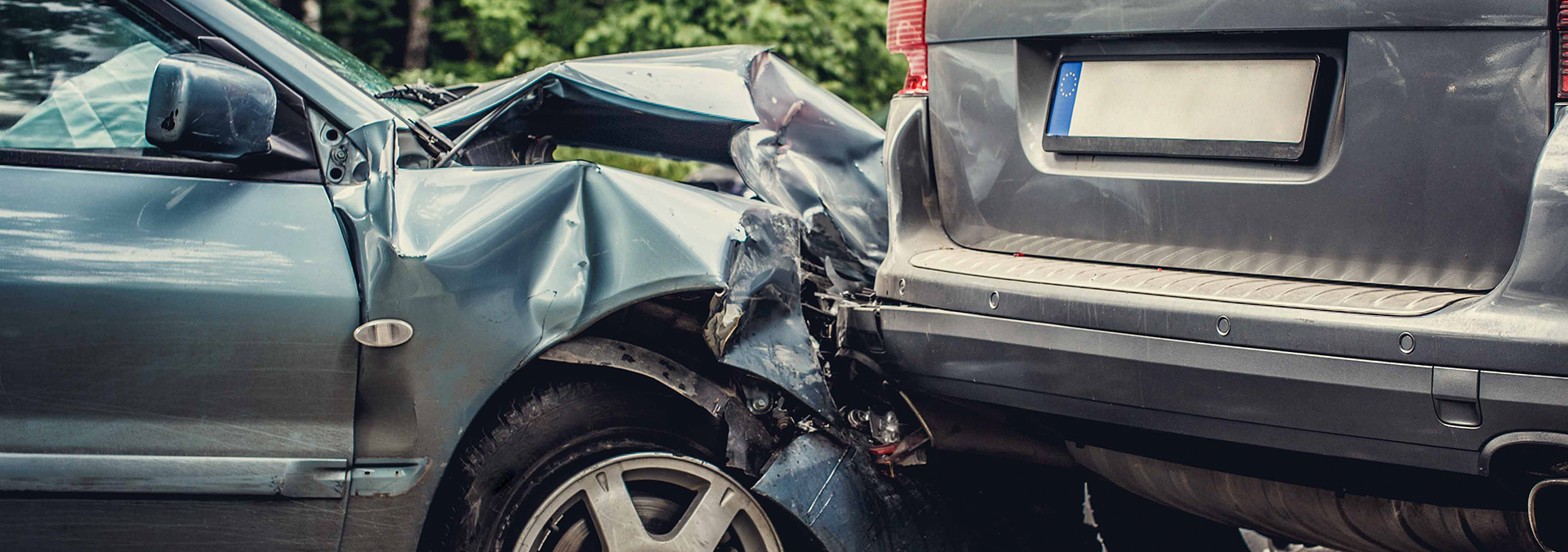
Safe Tips for Driving in Texas — Tailgating
The Dangers of Tailgating
Driving closely behind another vehicle, otherwise known as “tailgating”, is risky and can lead to rear-end collisions and other accidents. Frustration or anger can lead to drivers tailgating other drivers. And this can lead to car accidents, and the need to contact an Austin personal injury lawyer.
Typically, it is seen when a frustrated driver is behind a slow-moving vehicle. According to the National Highway Traffic Safety Administration’s (NHTSA) 2019 car accident report, rear-end collisions account for over 32 percent of all motor vehicle crashes. Those accidents caused over 2,300 deaths and injured over 595,000 people. The statistics show tailgating is incredibly dangerous and is not a behavior any driver should participate in.

According to a 2018 study, tailgating is a contributing factor in more than one-third of all crashes on the road. A driver should never begin to tailgate another driver; drivers should always practice safe driving habits and obey the driving laws.
“A driver shall, if following another vehicle, maintain an assured clear distance between the two vehicles so that, considering the speed of the vehicles, traffic, and the conditions of the highway, the operator can safely stop without colliding with the preceding vehicle or veering into another vehicle, object, or person on or near the highway.” (Sec. 545.062 of Transportation Code)

If you are the car being tailgated turn your signal on to indicate that you will be getting over to a slower-moving lane of traffic. Switch lanes and let the person tailgating you pass by. Driving safely is the absolute best way to avoid being in a dangerous rear-end collision caused by tailgating.
When a frustrated driver begins to tailgate, they significantly reduce their stopping distance—or the distance needed to come to a complete and safe stop. What many drivers do not realize is that stopping distance is directly proportional to the size and weight of the vehicle. For example, the stopping distance is much longer for a heavy truck than it is for a passenger vehicle, such as a car. It takes about twice the distance to stop a heavy truck than it does a car.
Tailgating also puts the driver in a situation where they have to rely solely on perception and reaction time. Perception is the time we need to see and process the roadway hazard, while reaction time is the time needed for a driver’s body to physically react to their brain’s perception. When a driver tailgates, both are significantly reduced. According to the American Association of State Highway and Transportation Officials, it takes alert drivers approximately two seconds to see a roadway hazard and react to it.
The more space a driver allows between their vehicle and the vehicle in front of them, the more time they have to see a hazard and react safely. If you catch yourself tailgating someone because you are frustrated, pause and take a breath. Driving dangerously and putting others in harm’s way is not the answer. If you find yourself in the opposite position do not brake check the other driver to make them stop. Instead, move over and practice safe driving habits.
It’s important to remember that you may not always be at fault if you rear-end someone. That said, it’s best to always practice safe driving, especially when following others on Texas roadways, in order to avoid a potential car accident.
Disclaimer:
This is not intended as legal advice from Dustin Fox. No attorney/client relationship has been created by this blog post. I do not represent you in any capacity unless specifically agreed to in a separate writing.
1 A Systematic Review of the Link Between Autism Spectrum Disorder and Acetaminophen: A Mystery to Resolve, interpreting data from Parker SE, Collett BR, Werler MM: Maternal acetaminophen use during pregnancy and childhood behavioural problems: Discrepancies between mother- and teacher-reported outcomes. Paediatr Perinat Epidemiol. 2020, 34:299-308. 10.1111/ppe.12601).
2 Paracetamol use during pregnancy—a call for precautionary action, Bauer, A.Z., Swan, S.H., Kriebel, D., Liew, Z., Taylor, H.S., Bornehag, C.G., Andrade, A.M., Olsen, J., Jensen, R.H., Mitchell, R.T. and Skakkebaek, N.E., 2021. Nature Reviews Endocrinology, 17(12), pp.757-766.
3 A Systematic Review of the Link Between Autism Spectrum Disorder and Acetaminophen: A Mystery to Resolve, interpreting data from Parker SE, Collett BR, Werler MM: Maternal acetaminophen use during pregnancy and childhood behavioural problems: Discrepancies between mother- and teacher-reported outcomes. Paediatr Perinat Epidemiol. 2020, 34:299-308. 10.1111/ppe.12601).
4 Paracetamol use during pregnancy—a call for precautionary action, Bauer, A.Z., Swan, S.H., Kriebel, D., Liew, Z., Taylor, H.S., Bornehag, C.G., Andrade, A.M., Olsen, J., Jensen, R.H., Mitchell, R.T. and Skakkebaek, N.E., 2021. Nature Reviews Endocrinology, 17(12), pp.757-766.
